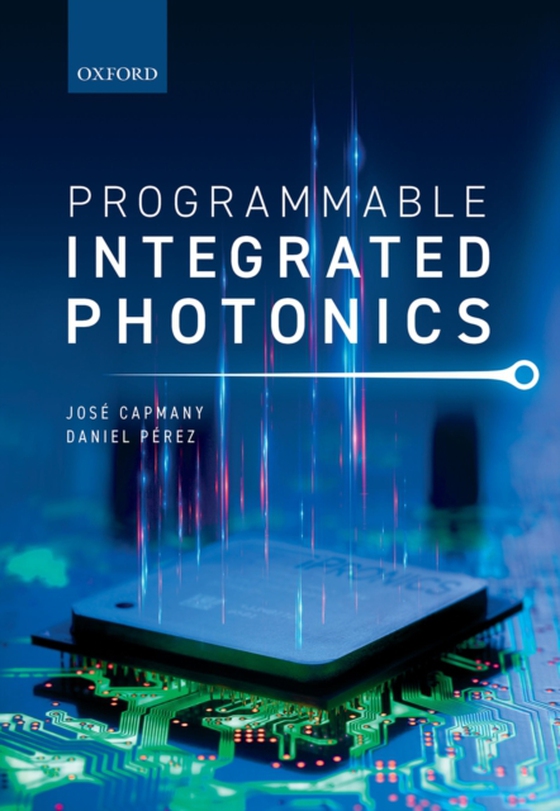
Programmable Integrated Photonics e-bog
875,33 DKK
(inkl. moms 1094,16 DKK)
This book provides the first comprehensive, up-to-date and self-contained introduction to the emergent field of Programmable Integrated Photonics (PIP). It covers both theoretical and practical aspects, ranging from basic technologies and the building of photonic component blocks, to design alternatives and principles of complex programmable photonic circuits, their limiting factors, techniques...
E-bog
875,33 DKK
Forlag
OUP Oxford
Udgivet
14 februar 2020
Længde
352 sider
Genrer
PHJ
Sprog
English
Format
pdf
Beskyttelse
LCP
ISBN
9780192582775
This book provides the first comprehensive, up-to-date and self-contained introduction to the emergent field of Programmable Integrated Photonics (PIP). It covers both theoretical and practical aspects, ranging from basic technologies and the building of photonic component blocks, to design alternatives and principles of complex programmable photonic circuits, their limiting factors, techniques for characterization and performance monitoring/control, and theirsalient applications both in the classical as well as in the quantum information fields. The book concentrates and focuses mainly on the distinctive features of programmable photonics, as compared to more traditional ASPIC approaches. After some years during which the Application Specific Photonic Integrated Circuit (ASPIC) paradigm completely dominated the field of integrated optics, there has been an increasing interest in PIP. The rising interest in PIP is justified by the surge in a number of emerging applications that call for true flexibility and reconfigurability, as well as low-cost, compact, and low-power consuming devices. Programmable Integrated Photonics is a new paradigm that aims at designing common integrated optical hardware configurations, which by suitable programming, can implement a variety of functionalities. These in turn can be exploited as basic operations in many application fields. Programmability enables, by means of external control signals, both chip reconfiguration for multifunction operation, as well as chip stabilization against non-ideal operations due to fluctuations in environmentalconditions and fabrication errors. Programming also allows for the activation of parts of the chip, which are not essential for the implementation of a given functionality, but can be of help in reducing noise levels through the diversion of undesired reflections.
 Dansk
Dansk

